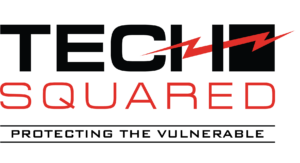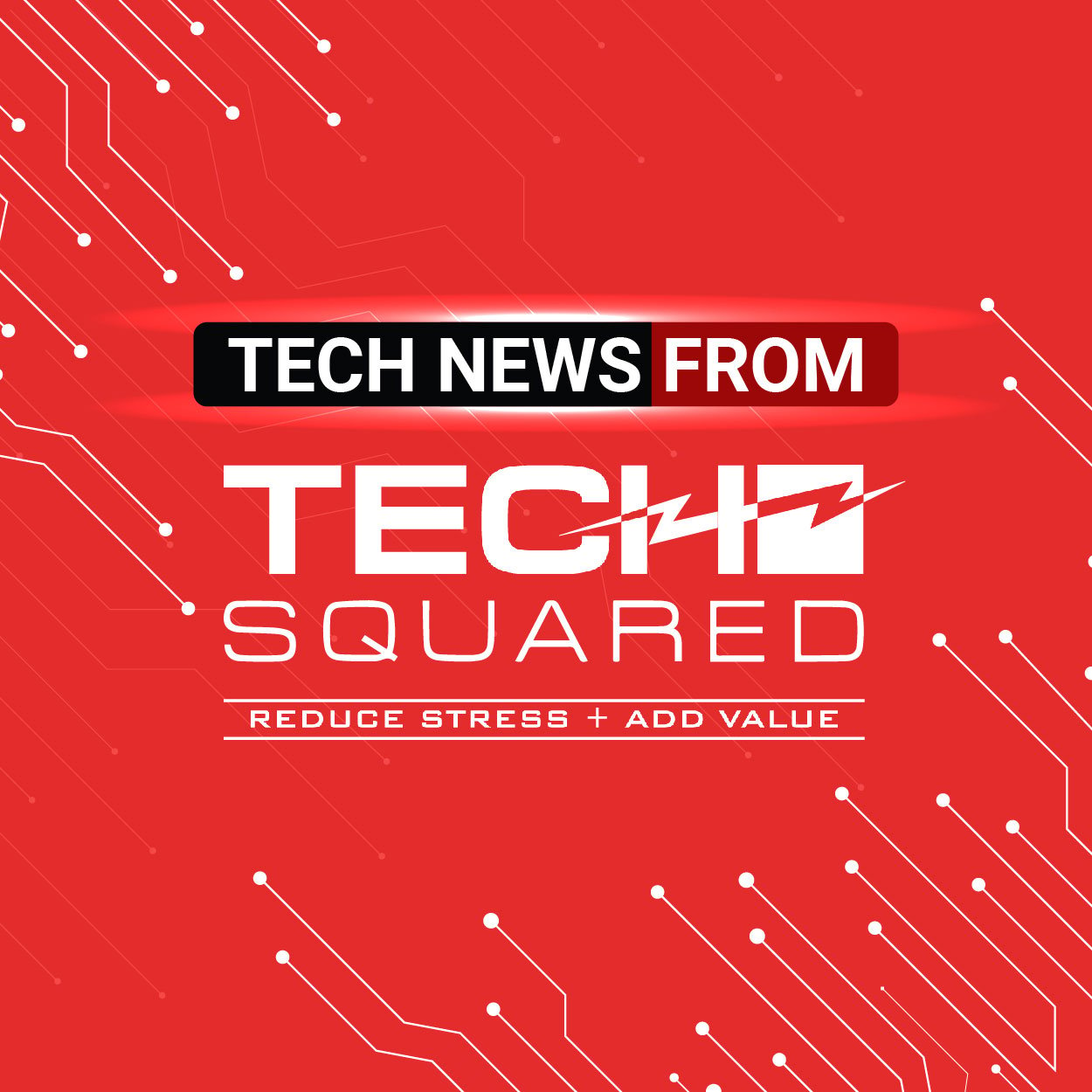Modern technologies like cloud and mobile computing have ushered in a new era of work, and the world is more connected than ever before. This trend has opened up many lucrative new business opportunities, such as the ability to work with talent all over the world and serve customers anywhere. However, this level of connectivity means that the risks facing your organization have also increased exponentially.
Identity and access management, or IAM, refers to a group of technologies deployed to control user access to business assets, such as cloud-hosted apps and storage. This includes things like single sign-on (SSO), multifactor authentication (MFA), and password management. Not only do IAM solutions improve security and visibility into an organization’s digital assets, they also enhance productivity by simplifying user authentication processes. Here’s why IAM is so important:
Mitigating the security risks of cloud computing
Cloud computing enables workforce flexibility, but it can leave businesses vulnerable to attacks if managed poorly. Most data breaches concerning cloud-hosted resources start with human error, with mismanaged access rights and stolen account credentials being the most common problems. Social engineering scams, for example, almost always target online accounts.
One of the core features of IAM is multifactor authentication. This provides an additional layer of security by asking users to verify their identities when they log in, either through temporary SMS authentication codes or biometrics like fingerprint scans. It usually applies only when an end user logs in from an unrecognized device or after a certain timeout, although systems bearing highly sensitive data may apply it every time.
Managing remote workforces at scale
New user accounts, applications, and devices increase the number of potential entry points into your network. When an organization grows to hundreds of employees all working in different locations, it quickly becomes necessary to have a unified and scalable process for managing user accounts. You already have your security policies in place, now comes the challenge to apply them at scale.
IAM solutions simplify administration by providing a centralized user interface, typically one that’s hosted online and accessible through a browser. Put simply, this administrator dashboard will provide a list of user accounts along with details about each one. You can group users into certain categories, assign or revoke data access rights at the click of a button, and enable features like MFA and SSO. That’s a lot quicker and simpler than trying to manage all apps, devices, and users one by one.
Gaining visibility into digital assets
Information security was much easier to manage in the past, when a company’s computing assets were mostly, if not entirely, hosted locally. Businesses typically only had to worry about protecting their internal networks and email accounts. Today, they also need to think about all the employee-owned mobile devices used for work, as well as the many other endpoints that might handle sensitive data, such as point-of-sale systems and Internet of Things devices.
To mitigate the risks of attacks, administrators need to retain full visibility into who has access to every system and when. With a centralized management dashboard, administrators have a big-picture view of their computing infrastructure with real-time information being fed into the system constantly. They can also set up user groups to categorize apps and users by the type of data they have access to.
Tech Squared provides top-notch services and solutions that reduce stress, strengthen cybersecurity, and add value to your company. Call us today to find out how our identity and access management systems can keep your most sensitive assets safe.


